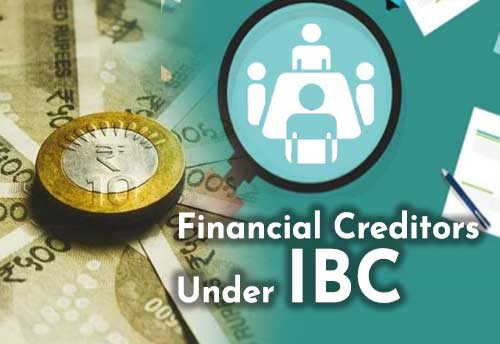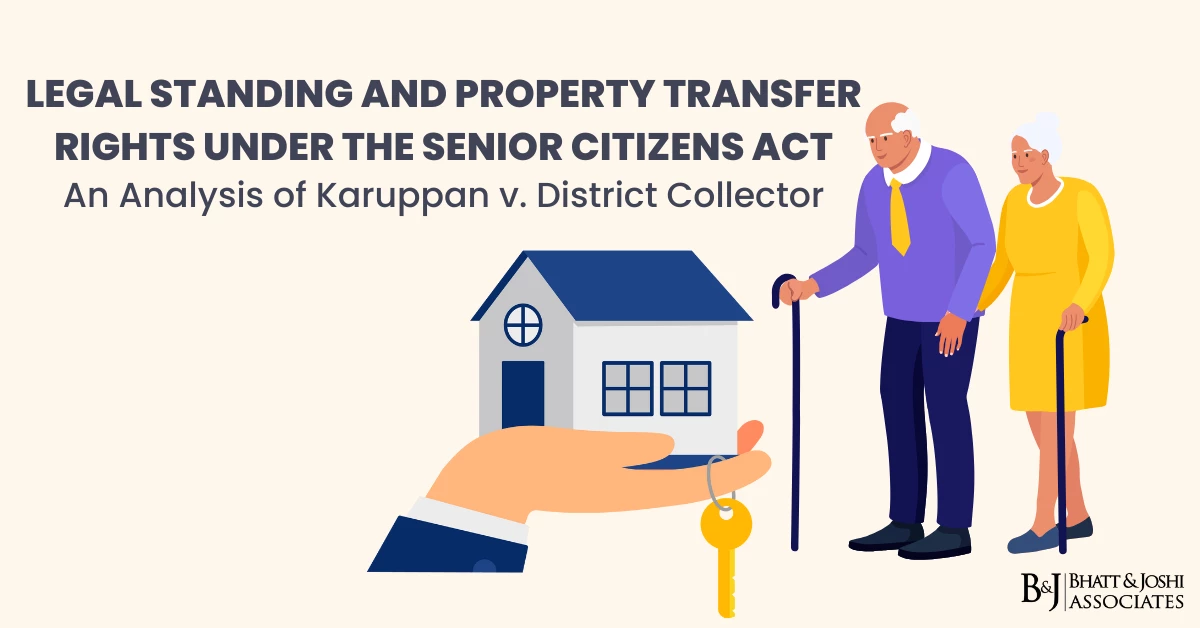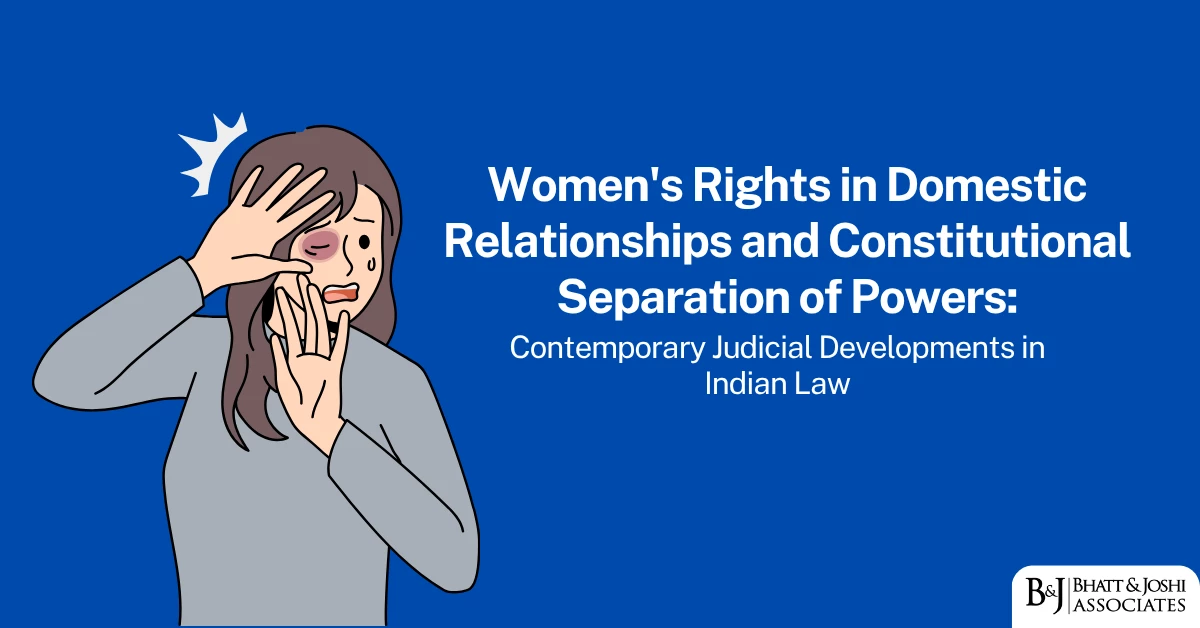Introduction
Insolvency proceedings are a critical aspect of financial law, providing a structured process for handling situations where a debtor is unable to meet their financial obligations. A key player in these proceedings are ‘Financial Creditors’, who has a vested interest in the debtor’s financial health. A recent ruling by the National Company Law Appellate Tribunal (NCLAT) sheds light on the role and responsibilities of financial creditor in insolvency proceedings.

Insolvency proceedings are a structured legal process designed to handle situations where an individual or a corporate entity is unable to meet their financial obligations. These proceedings are governed by the Insolvency and Bankruptcy Code (IBC), 2016 in India, which provides a time-bound process to resolve insolvency among companies and individuals.
The process begins when a default occurs, i.e., when a debtor fails to pay back their debt. The creditor (financial or operational) or the debtor themselves can initiate the insolvency proceedings. The insolvency resolution process aims to find a resolution plan for the debtor to pay back their debts. If a resolution plan is not approved by the Committee of Creditors (CoC) within the stipulated time, the debtor goes into liquidation, where the debtor’s assets are sold off to repay the creditors.
The Role and Responsibilities of Financial Creditors in Insolvency
In the context of insolvency, a financial creditor play a pivotal role in insolvency proceedings. They are typically banks or financial institutions that have lent money to the debtor. They have a direct interest in the debtor’s financial health as they stand to lose their money if the debtor becomes insolvent.
The financial creditor’s primary role is to initiate the CIRP against a corporate debtor when a default occurs. They have the power to apply to the National Company Law Tribunal (NCLT) to declare the debtor insolvent and start the CIRP.
Once the CIRP is initiated, financial creditors form part of the CoC, which decides on the resolution plan for the debtor. The CoC has the power to approve or reject the resolution plan. If the CoC cannot agree on a plan within the stipulated time, the debtor goes into liquidation.
Financial creditors also have a responsibility to ensure that the insolvency process is fair and transparent. They must act in good faith and in the best interests of all parties involved. They are also required to provide all necessary information for the resolution professional to manage the debtor’s assets during the CIRP.
In essence, financial creditors are key decision-makers in the insolvency process. Their actions and decisions can significantly impact the outcome of the insolvency proceedings.
Case Study
GP. Capt Atul Jain (Retd.) Vs. Tripathi Hospital Pvt. Ltd
The case in question, revolves around the initiation of the Corporate Insolvency Resolution Process (CIRP) under Section 7 of the Insolvency and Bankruptcy Code (IBC). The appellant, claiming to be a financial creditor, sought to initiate the CIRP against the corporate debtor. The key point of contention was whether the appellant could be considered a financial creditor and whether a financial debt was owed by the corporate debtor to the appellant.
Nature of the Dispute
The appellant in this case claimed that there was no legal requirement to prove the existence of a written contract to establish that a financial debt was owed by the corporate debtor. The appellant argued that the “Deemed to be Authenticated” default report contained in the NeSL/Information Utility Report was conclusive and undisputed evidence of the loan, interest, and default.
The appellant also contended that WhatsApp messages and SMS are admissible legal evidence and that the analysis of such communications, including emails exchanged between the appellant and the respondents, clearly showed that there was a financial debt owed by the corporate debtor.
However, the tribunal noted that the appellant had not been able to successfully substantiate that they directly disbursed any sum of money against the consideration for the time value of money to the corporate debtor. The tribunal also observed that the transactions claimed by the appellant to have been made with the corporate debtor were shrouded in mystery, being a labyrinthine trail.
The tribunal concluded that the appellant had failed to establish that they had given any loan to the corporate debtor directly, and therefore, it was not reasonable for them to press for piercing the corporate veil to alleviate the burdens of their financial misadventure. The tribunal did not countenance the urge expressed by the appellant to pierce the corporate veil. As a result, the tribunal upheld the decision of the Adjudicating Authority that the Section 7 application filed by the appellant was not liable to be admitted.
Analysis of the Ruling
The ruling in the case (2023) ibclaw.in 472 NCLAT provides several key takeaways:
- Definition of Financial Creditor: The tribunal emphasized the importance of the definition of a financial creditor as per the IBC. It clarified that a financial creditor refers to a person to whom a financial debt is owed and includes even a person to whom such debt has been legally assigned or transferred to.
- Existence of Financial Debt: The tribunal underscored that the existence of a financial debt owed by the corporate debtor to the financial creditor is a basic requirement that cannot be overlooked. This means that the financial creditor must provide substantial evidence to prove that a financial debt exists.
- Evidence of Debt: The tribunal noted that while the “Deemed to be Authenticated” default report and digital communications like WhatsApp messages and emails could be considered as evidence, they alone might not be sufficient to establish the existence of a financial debt. The financial creditor must provide more concrete evidence, such as written contracts or loan agreements.
- Piercing the Corporate Veil: The tribunal rejected the appellant’s argument to pierce the corporate veil. It stated that the principle of piercing the corporate veil should be used sparingly and only when it is necessary to prevent fraud or improper conduct.
Implications of these points for Financial Creditors
The ruling has several implications for financial creditors:
- Burden of Proof: Financial creditors bear the burden of proof to establish the existence of a financial debt. They must provide substantial evidence, such as written contracts or loan agreements, to prove that a financial debt is owed to them by the corporate debtor.
- Role of Digital Communications: While digital communications can be considered as evidence, they might not be sufficient to establish the existence of a financial debt. Financial creditors should ensure that they have more concrete evidence to support their claims.
- Piercing the Corporate Veil: The ruling clarifies that the principle of piercing the corporate veil should be used sparingly. Financial creditors should not rely on this principle to establish their claims unless there is evidence of fraud or improper conduct.
Principle of ‘Piercing the Corporate Veil’
The principle of ‘piercing the corporate veil’ is a legal doctrine that allows courts to disregard the separate legal personality of a corporation in certain circumstances, treating it as one with its shareholders or directors. This principle is typically invoked when the corporate structure is used to commit fraud, evade existing obligations, or to achieve an unjust result.
In essence, the corporate veil shields the individuals behind a corporation from personal liability. However, when the veil is pierced, these individuals can be held personally liable for the corporation’s actions or debts. It’s important to note that this principle is an exception to the rule of corporate separate legal personality and is applied sparingly by the courts.
Court’s Stance on ‘Piercing the Corporate Veil’ in the Context of the Case
In this case, the appellant argued for the application of the principle of ‘piercing the corporate veil’. The appellant contended that even though they had not directly given any loan to the corporate debtor, the corporate veil should be pierced to establish the existence of a financial debt.
However, the tribunal rejected this argument. It emphasized that the principle of ‘piercing the corporate veil’ should be used sparingly and only when it is necessary to prevent fraud or improper conduct. The tribunal noted that the appellant had failed to provide any substantial evidence of such circumstances that would warrant the piercing of the corporate veil.
The tribunal’s stance in this case underscores the cautious approach courts take when considering whether to apply the principle of ‘piercing the corporate veil’. It serves as a reminder that this principle is an exception to the rule and should not be invoked lightly or without substantial evidence of fraud or improper conduct.
Conclusion
The NCLAT ruling provides a comprehensive understanding of the role and responsibilities of financial creditors in insolvency proceedings. It underscores the importance of establishing the existence of a financial debt and the need for substantial evidence to support this claim. The ruling also provides valuable guidance on the use of the principle of ‘piercing the corporate veil’, emphasizing that this principle should be applied sparingly and only in cases of fraud or improper conduct.
The implications of this ruling are far-reaching, impacting both financial creditors and corporate debtors. It reinforces the burden of proof on financial creditors and provides reassurance to corporate debtors that they will be protected from unjust claims.
This ruling serves as a significant precedent in insolvency law, helping to clarify the complexities of insolvency proceedings. It underscores the importance of fairness and transparency in these proceedings, ensuring that the rights and responsibilities of all parties are upheld. As insolvency law continues to evolve, rulings like this will play a crucial role in shaping the legal landscape, providing valuable guidance for all parties involved in insolvency proceedings.











